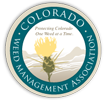
Fall Webworm
Damage caused by fall webworm
Fall webworms create large web nests in trees, they are mainly an aesthetic pest and usually don't cause serious harm to healthy trees, although they will defoliate branches and sometimes entire trees, and they can stress a tree. They eat leaves of almost all deciduous trees, especially alder, aspen, willow, cottonwood and fruit trees, but are most commonly seen on chokecherry and cottonwood.
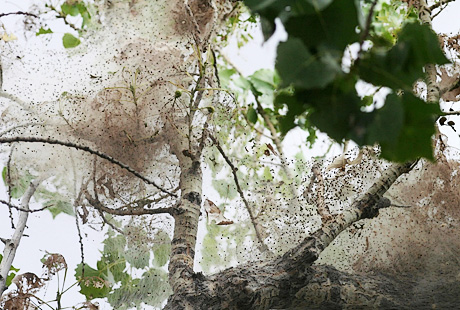 Whitney Cranshaw, Colorado State University, Bugwood.org
Whitney Cranshaw, Colorado State University, Bugwood.org
How to identify fall webworm
Fall webworm eggs are light green or yellow and are laid on underside of leaves in hairy clusters of a few hundred. The larvae are pale yellow or green, with a black head, a dark stripe on the back, two dark spots on each body segment, and long white hairs coming from red or black bumps. They can reach a length of 1 1/2". The adult fall webworm is a mostly white moth, sometimes they have black or brown spots on the forewings. They have a wingspan of about 1 1/4".
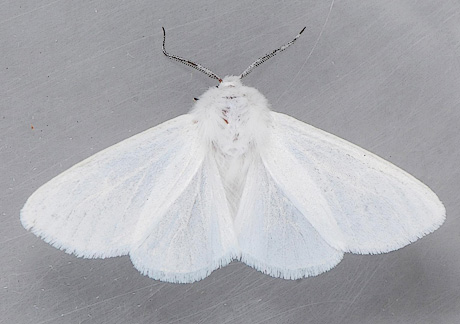 Mark Dreiling, Retired, Bugwood.org
Mark Dreiling, Retired, Bugwood.org
Life cycle of the fall webworm
In late June to early July adult fall webworm moths emerge from their coccoons They fly at night, like most moths, and lay eggs on the underside of tree leaves. These eggs hatch in about a week. The larvae spin a silk web tent over the area where they are feeding to protect them from predators. The young larvae eat parts of the leaves leaving veins. Older larvae eat the entire leaf. The web tents are concentrated at the tips of branches. In mid-September larvae quit feeding and move to a protected location, often cracks in the tree bark or in the leaf litter at the base of the tree. Here they spin a thin brown silk cocoon where they pupate through the winter. The Fall webworm has one generation per year in Colorado.
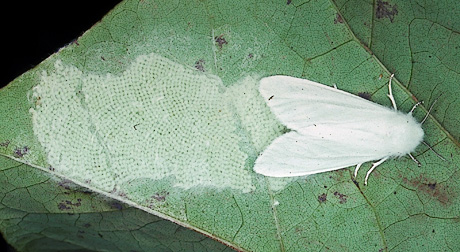 Lacy L. Hyche, Auburn University, Bugwood.org
Lacy L. Hyche, Auburn University, Bugwood.org
How to control the fall webworm
The fall webworm has many natural predators that will often reduce the number of fall webworms. Destroying the web tents and picking the webworms off the trees by hand can reduce their numbers greatly. Insecticides are also effective against the fall webworm if applied when the larvae are young and small. We offer a biological control for this pest that is extremely gentle on the landscape environment.
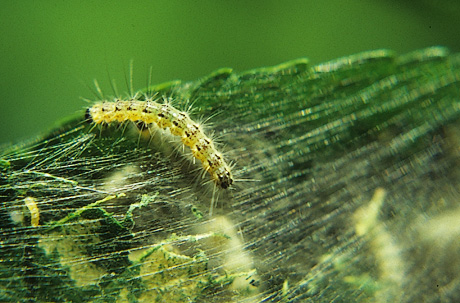 Ward Upham, Kansas State University, Bugwood.org
Ward Upham, Kansas State University, Bugwood.org
Other resources




